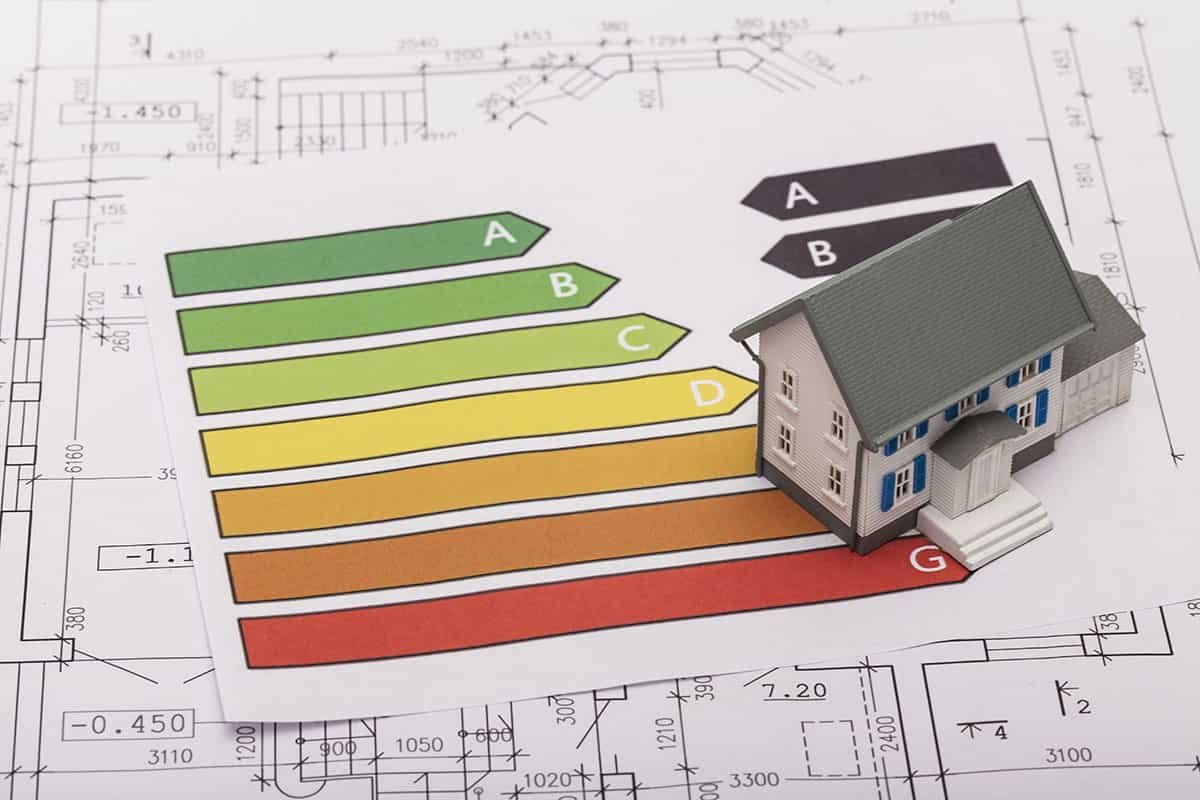Introduction
In our modern world, where energy consumption is a growing concern, it becomes crucial to understand which household energy items contribute the most to our bills. By identifying and managing these energy guzzlers, we can take steps towards reducing our carbon footprint and saving money.
In this blog post, we will delve into the top household energy items that consume the most energy, shedding light on their usage, efficiency, and potential alternatives.
Heating and Cooling Systems
Heating and cooling systems, such as central heating, air conditioning units, and electric heaters, rank high on the list of energy-consuming appliances. Inefficient HVAC systems or running them excessively can significantly impact your energy bills.
Regular maintenance, insulation, and the use of programmable thermostats can help optimize their efficiency and reduce energy consumption.
Refrigerators and Freezers
Refrigerators and freezers are essential appliances in our households, but they also account for a substantial portion of energy consumption. Older models, inadequate maintenance, and improper temperature settings can lead to excessive household energy usage.
Consider upgrading to energy-efficient models with high Energy Star ratings, and regularly clean the condenser coils to maximize their efficiency.
Washing Machines and Dryers
Laundry appliances, particularly older models, can consume significant amounts of energy. Top-loading washing machines tend to use more water and energy compared to front-loading ones.
Opt for energy-efficient models that offer features like quick wash cycles, load sensing, and moisture sensors in dryers to reduce energy consumption.
Electric Water Heaters
Water heaters are often one of the primary energy consumers in a household. Traditional electric water heaters can be particularly energy-intensive. Consider switching to tankless water heaters, which heat water on-demand, reducing standby energy loss. Additionally, insulating the water heater and using low-flow fixtures can further reduce energy usage.
Lighting
While individual lightbulbs may not consume excessive energy, the cumulative effect of multiple light sources throughout the house can be significant. Transitioning to energy-efficient LED bulbs can result in substantial energy savings. Additionally, using natural light, optimizing daylighting, and employing smart lighting controls can further minimize energy consumption.
Televisions and Home Entertainment Systems
In today’s digital age, televisions and home entertainment systems are prevalent in households. Large flat-screen TVs, gaming consoles, and home theater systems consume considerable amounts of energy, especially if left on standby mode. Be mindful of turning off electronics when not in use and consider investing in energy-efficient models with power-saving features.
Computers, Laptops, and Charging Devices
Computers, laptops, and charging devices have become integral parts of our lives. Leaving them plugged in and on standby mode can result in phantom energy consumption. Utilize power-saving settings, unplug chargers when not in use, and consider using smart power strips that cut off power to idle devices to minimize household energy waste.
Conclusion
Awareness of the household items that consume the most energy is the first step towards making conscious choices for energy conservation. By implementing energy-saving practices and opting for energy-efficient models, we can reduce our environmental impact and lower energy bills. Remember, small changes in our daily routines can collectively make a significant difference in our energy consumption patterns. Let’s strive for a greener future by taming these energy guzzlers within our homes.
Have we missed any? Let us know in the comments!

